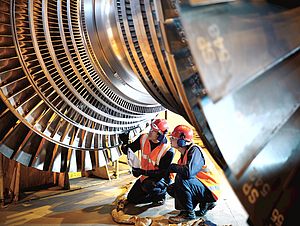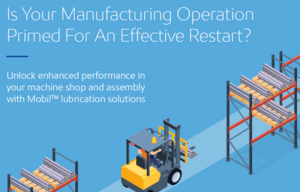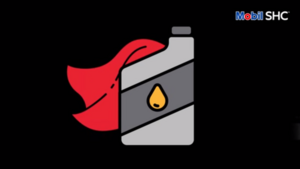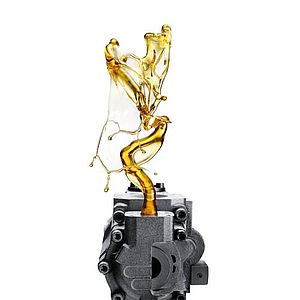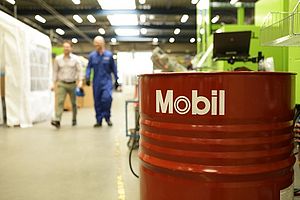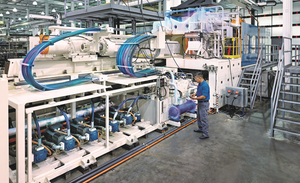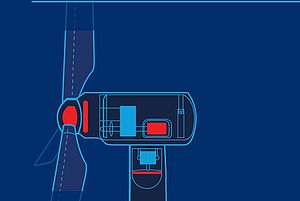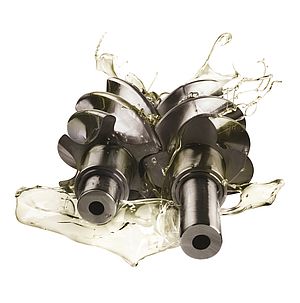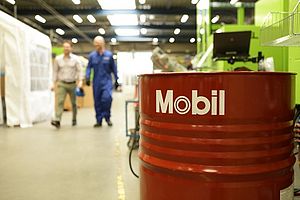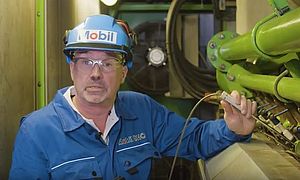As plastics manufacturers seek to optimize the performance of their machines, ExxonMobil is sharing five tips for a best practice approach to lubricants. With high-performance lubricants capable of increasing hydraulic pump efficiency by 6 percent, ExxonMobil aims to help address the plastics industry's primary concerns and contribute towards optimum efficiency and durability.
The company, using its almost 50 years of experience developing synthetic lubricants, decided to pull together its top five tips to share with current and potential customers. The tips offer lubrication product and service recommendations that can potentially help towards reduction or elimination of equipment failure and unscheduled shutdowns.
1. Conduct oil condition monitoring
As part of routine maintenance, the "health" of the lubricant and the equipment itself should be regularly checked. By trending oil analysis data it is possible to proactively address undesirable conditions before they result in equipment downtime. ExxonMobil offers Mobil ServSM, a proprietary oil analysis programme, which sends maintenance professionals expert oil analysis assessments to identify potential issues, lists possible causes and recommends corrective actions.
2. Choose high-performance versus conventional mineral oils
While lubricants may represent a small percentage of operating costs, simply upgrading to a higher performing lubricant can have a significant impact on long-term maintenance costs. Advancements in lubricant technology, especially when it comes to fully-synthetic based products, has seen significant breakthroughs including extending equipment life, oil drain intervals and improving the overall energy efficiency of equipment.
3. Streamline your lubricant inventory
Maintaining equipment with advanced high-capacity lubricants can reduce the number of products which must be purchased, stored and applied to machinery. This means fewer purchase orders and simplified maintenance. The Mobil SHCTM 600 Series of circulating and gear oils, for example, are recommended for use in 1,800 applications by more than 500 major equipment builders.
4. Store and handle lubricants correctly
Specialist lubricants for the plastics industry are formulated to satisfy very specific kinds of service. If not handled and stored properly, they can deteriorate or become contaminated and provide inadequate lubrication or become waste. Good storage and handling practice includes correct unloading procedures and use of a single, designated storage area. Storage should be away from heaters, cold areas, moisture, dust and areas of varying temperature cycles.
5. Select the most appropriate lubricants for your equipment
ExxonMobil's LoobleSM selector tool helps determine the most appropriate lubricant and viscosity grade for use from a range of criteria, including application and equipment type and manufacturer. The right choice of lubricant can help to optimise performance, avoiding the mistakes which can lead to downtime and helping to deliver substantial efficiency and cost benefits.
For more information about ExxonMobil's range of lubricants for plastics manufacturing equipment, please visit mobilindustrial.com.





